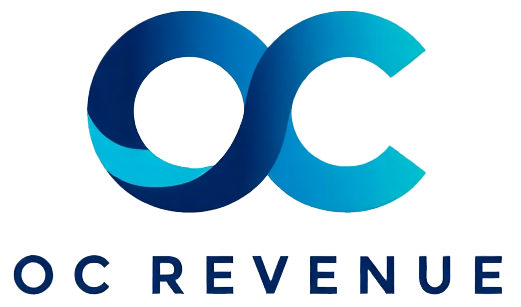Revenue Risk Management identifies and mitigates factors that threaten predictable revenue streams
Revenue risk management protects growth by identifying and mitigating sales and customer lifecycle threats
Revenue Risk Management is a critical discipline focused on safeguarding an organization’s revenue by anticipating and addressing risks across the sales and customer lifecycle. This includes external risks like economic shifts and internal risks such as pipeline accuracy and customer churn.
By implementing risk assessment frameworks and monitoring key indicators, businesses can identify early warning signs and intervene appropriately. This leads to more stable forecasting and confident decision-making.
Cross functional risk management leverages analytics governance and collaboration to enhance revenue resilience and agility
Effective revenue risk management requires cross-functional collaboration to gain a holistic view of threats. Marketing, sales, finance, and customer success must share data and insights to understand risks from multiple perspectives.
Organizations use predictive analytics and scenario modeling to evaluate potential impacts and prepare contingency plans. These tools help prioritize risk mitigation efforts and allocate resources efficiently.
Operational practices such as rigorous pipeline management, contract reviews, and customer health monitoring further reduce risk exposure. Strong governance and accountability frameworks support consistent execution of risk controls.
Regular review cycles and risk communication promote transparency and agility, allowing businesses to respond quickly to changing conditions. When embedded in organizational culture, revenue risk management enhances resilience and drives sustainable growth.

















